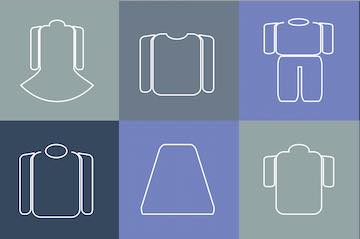Category names on an ecommerce site have a huge impact on organic search rankings and on-site conversions.
To determine the right names:
- Start by listing all categories on competitors’ sites and marketplaces such as Amazon. Track how many competitors use a certain category name.
- Add additional category names that may apply to your products. Consider using a thesaurus.
- Upload the names to Google Ad’s Keyword Planner for search volume for each term. (Access to the Planner requires a Google Ads account.) Remember that countries and regions refer to the same item differently. “Pants” in the U.S. could be “trousers” in the U.K., for example.
Next, analyze the results. I’ll use hypothetical data, below, for yoga pants. The table shows (i) the various category names from competitors that sell yoga pants, (ii) the number of competitors using that name, and (iii) the Google search volume of that name.
I then inserted a simple equation in the “Outcome” column of Search Volume ÷ Number of Competitors. This identifies the name with the most searches and the least number of competitors. “Sweatpants” is the winner at 20,000 monthly searches per competitor, followed by “Athletic Wear” (3,000) and “Yoga Pants” (1,500).
Assigning Products
Next, assign each of your products to a category. Some products may have multiple categories. A blanket, for example, could fall under “Blankets,” “Bedding,” or “Gifts.”
You can also use the simple model above for attributes, such as color, fabric, and size, to filter on. For example, a red polo shirt could have attributes of “Men,” “Polo,” “Shirt,” “Red,” and “Cotton.” The more attributes, the easier for shoppers to find products and purchase.
Third-party Channels
To pick the right category on a third-party channel, such as Amazon, add a column to the above analysis to identify if a category is available and the number of products it contains. Use the equation of Search Volume ÷ Number of Products to select the category. (Search volume on Google is a good estimate for other platforms. Amazon’s search volume is available on Jungle Scout and similar tools.)
In the example below, the “Athletic Wear” category has 2,000 products on Amazon with 15,000 monthly searches (on Google). Thus the volume of 7.5 is higher than “Pants” and “Sweatpants” — both have more competitor products per search.




